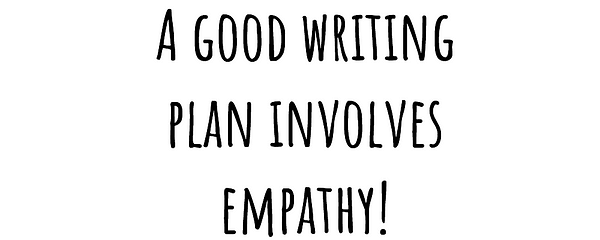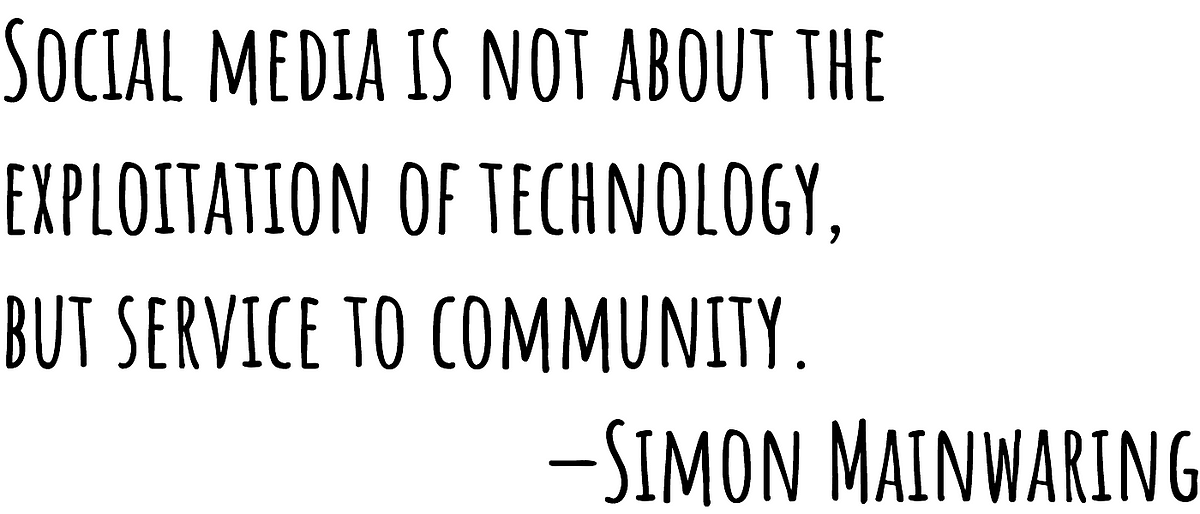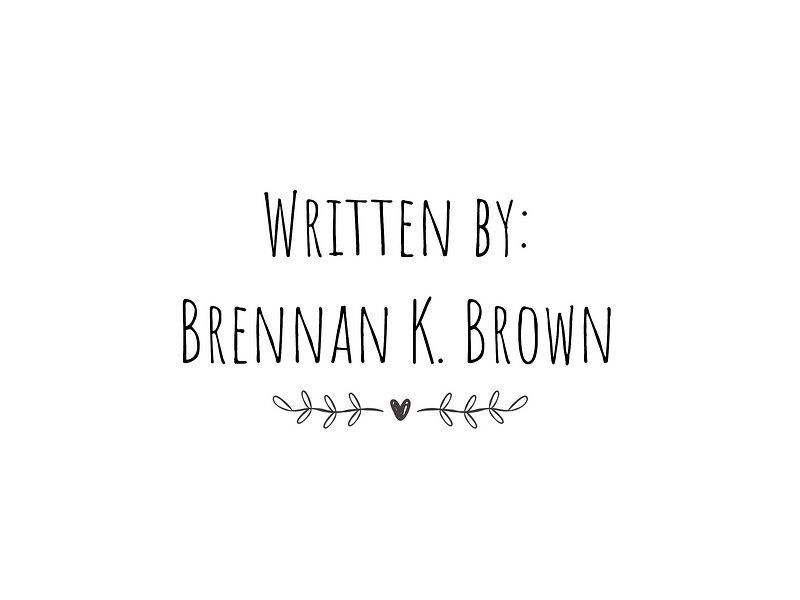How-to Improve Your Medium Game in 2018!

 ](http://medium.com/@brennanbrown)
](http://medium.com/@brennanbrown)
Making Better Content & Reaching More People
Summary: The beginner on Medium must know that there are three things essential to a good piece of writing: 1) Purpose. 2) Visuals. 3) Community.

The new year has just arrived, how exciting! My very first post on Medium was about the New Year, and I also wrote out my Resolutions for 2017. However — after two years of writing on Medium, I wanted to instead focus on helping others with tips and tricks I’ve come across and have found helpful.
Despite Medium’s minimalist design, it can still be a bit overwhelming to dive right in. If anything, the fact that there’s only a blank page in front of you just makes things even more daunting!
There are a number of factors that you have to consider when you go from a blank sheet of paper to a finished product that deserves to be published. I’ve already detailed my personal writing process, so in this article I’ll be focusing more on the specifics of writing and publishing on Medium.
I’ve found that there are universal rules for good online writing, and they can be summarized as such: Starting out with a clear purpose and idea, followed by executing that idea well and making the work visually appealing, and finally, taking the time to reach out to the community at large. I’ll be going through each of these separately, as well as giving examples of using them within the article itself! (A little meta, right?)

Purpose: Starting with Meaning
If you begin writing with meaningful purpose then you’re already ahead. Bad writing isn’t caused by having a bad idea — it’s caused by having _n_o idea. Starting with a plan is easier than jumping right in, crossing your fingers and hoping for the best.

Consider the audience. More than anything, a good writing plan involves empathy. You have to be able to step out of your own shoes and figure out why other people would spend their time reading your work.
You should also note that you can’t appease everybody, and trying to write for the lowest common denominator also ends up with rubbish. Get specific about the demographics you’re looking to write for.
Solve a problem. When you figure out your audience, you can then figure out what they’d be interested in reading — or you can make an educated guess, at the very least. What’s a solution you’ve found that you’d think others would benefit from knowing? Don’t be afraid to take time to research in order to create something that’s truly informative and entertaining — this gives you a cutting edge when so many others are simply rehashing what’s already been said.
Craft a thesis. Once the audience and subsequent topic are figured out, next is the task of writing your own article on the matter. It’s seriously easy to get caught up in any sort of topic and end up with a list of a million ideas to write about and get overwhelmed once again. The trick to avoiding this is to limit the scope of the article to a thesis idea you can summarize in a single sentence. For instance, the one I used for this article is at the very top of it!
Focus on keywords (tags). This sounds like a marketing suggestion, but it’s much more than that. Similarly to crafting a thesis, being mindful about the associated keywords of an article can help specify the scope and help you focus on what needs to be written. While Medium does allow you to choose up to five tags per article, I suggest narrowing the focus to just two or three, and then filling in the rest with whatever ends up being written.

Visuals: Make Pretty Things!
When it comes to how your writing is displayed — visuals are both irrelevant and the most important part. You’d think with the limited number of options that Medium has for presentation that this would be a walk in the park — but it’s far from it!
The Writing Itself
Before anything else, the writing must be formatted correctly. No matter how good an idea is, it will never go anywhere beyond your brain if you can’t communicate it.
Let the words breathe. Whitespace is your friend — break up paragraphs and sections liberally. Have a varying amount of words in each sentence. Use bold and italic styling when it’s helpful.
When it comes to more technical advice, it’s far more wise to refer to one of many well-established style guides — and then be consistent with it.
Beginnings are Everything
Nothing is more important than what’s at the top of your post. The title, subtitle, and introductory paragraph are going to either make or break the interest of any potential readers. Make it as interestingly honest as possible.
Don’t make an initial promise you can’t keep — you’ll get clicks but end up with no reads and a reputation for misleading people. In fact, don’t make any promises at all. Be upfront and state explicitly what you’re article entails from the beginning. If people are interested in reading on that topic, then they will. And if they aren’t, then there isn’t any point to trick them into doing so.
Images
Having visuals is incredibly helpful when trying to draw readers in. A large header image at the beginning of the article will usually suffice — but there’s more that can be done! It’s easy to get creative with the limited options that Medium gives you.
For instance, I use custom designs for my separators in my articles as opposed to Medium’s default ones. I then pair these designs with a free typeface called Amatic SC from Google Fonts that I think matches it well. You can see examples of this at the bottom and top of the article! If you consistenly use the same designs and custom fonts in your work on Medium, it can really help boost your personal branding.
TIP:** A cool and obscure feature on Medium is the ability to hyperlink images directly. This is done by clicking on the image to focus it, then using the shortcut ctrl+k (or **cmd+k). This is a simple yet powerful way to utilize visuals as ways of directing people elsewhere beyond the article you’re working on.
Footnotes & Citations
If you’d like to get advanced with your work, don’t hesitate to create a footnotes section at the bottom. It’s easy to use a superscript generator¹ in order to improve the readability of your articles by removing hyperlinks altogether. However, this is more of a personal preference.
TIP:** When you’re pulling a whole bunch of different sources and images, it can get a little confusing. You may need to write-in placeholders while you work on something else. Medium little-known feature known as **TK², where if you write TK anywhere in a paragraph, there will be a little indicator on the left-hand side of your article that the section needs additional content added before publishing.


Community: Building Good Things Together!
More than anything else, the simplest way of finding readers that are sincerely interested in what you create is this: That you, yourself, must become sincerely interested in what others have to say.
The Tag Method
Each day, there are a multitude of tags that have a spectacular amount of great content created by new, unknown voices. The current Algorithm™ might try it’s best to show you the best on your front page, but that’s often work by people you already follow and other viral stories.
In order to actually find new stuff, this is what I suggest: Take a daily search through the latest of whatever tags you find the most interesting.
— For Example: https://Medium.com/tag/writing/latest
Just replace ‘writing’ with whatever other tag you want to search with. This will display an unfiltered list of the newest content of the specified tag.
Now, because this is not curated, there will most likely be a lot of spam and junk you’ll have to sift through in order to find the diamonds in the rough. But trust me — it’s worth it. I’ve found a lot of really great writers and work this way.
The Beauty of the RE:
When I find a good article, the place I go right after reading it is the response section. An exciting and under-utilized aspect of Medium is having the capability to create full-length article responses.
Short and positive comments are nice to get — especially on something you’ve work a long time on — but nothing solidifies your position as a writer more than getting into the weeds about different viewpoints. Don’t be shy about having a differing opinion and starting a dialogue with the author — just make sure that you can back up your position!
Another good way to reach out to other writers is by paying them homage. For instance, one of my own works that I’m most proud of (Zen of Housekeeping) was inspired by a piece by Josh Spilker. Again, don’t be afraid of creating a response to somebody else, regardless of if it’s positive or constructive criticism.
Reaching Out to Publications
A popular method of finding new readership is by publishing your articles in an already established publication. But how do you get involved with a publication?
Well, a good place to get started is a little secret weapon that I’ve discovered — it’s called Smedian, __a community of Medium writers and editors. Once you sign-up and link your account, you can request to become a writer for any number of publications that are currently connected to Smedian.
For more information on publications, I highly suggest you check out an article written by Mateja Klaric titled: How to Get Published in Publications: The Beginner’s Guide to Medium #1.

SUMMARY:
- Start writing with a strong purpose. Consider the audience before anything else. Brainstorm ideas that you can research that this audience would be interested in reading about, that are both informative and entertaining. Narrow the scope of the article by crafting a thesis and focusing only on a few keywords.
- Get creative with the visuals. Use or create a style guide for the technical stuff. Carefully write an interesting and honest introduction. Experiment with different images, diagrams, and fonts. Utilize footnotes and citations when working on larger, more technical writing. Stand out from the crowd.
- Become involved with the Medium community. Go out of your way to search for stories from new and obscure writers. Take the time to write long, thought-out responses to articles that changed your perspective or that you disagree with. Reach out to publications when you feel ready.
 ](http://medium.com/@brennanbrown)
](http://medium.com/@brennanbrown)
ProWritingAid is a powerful suite of over 20 different writing and editing tools. Copy your draft into their online editor and check grammar, sentence flow, overused words, and more. Try it for free!
